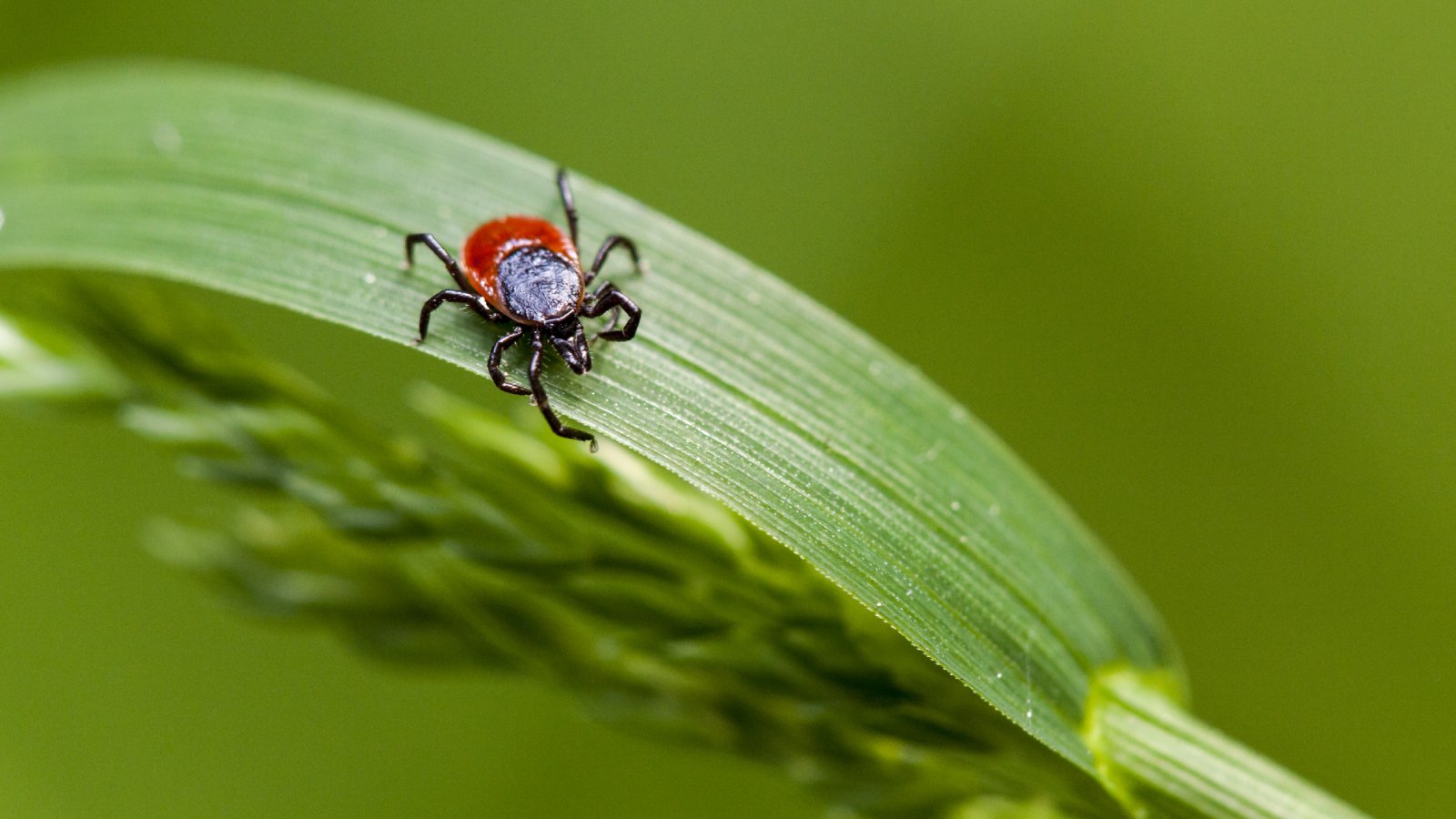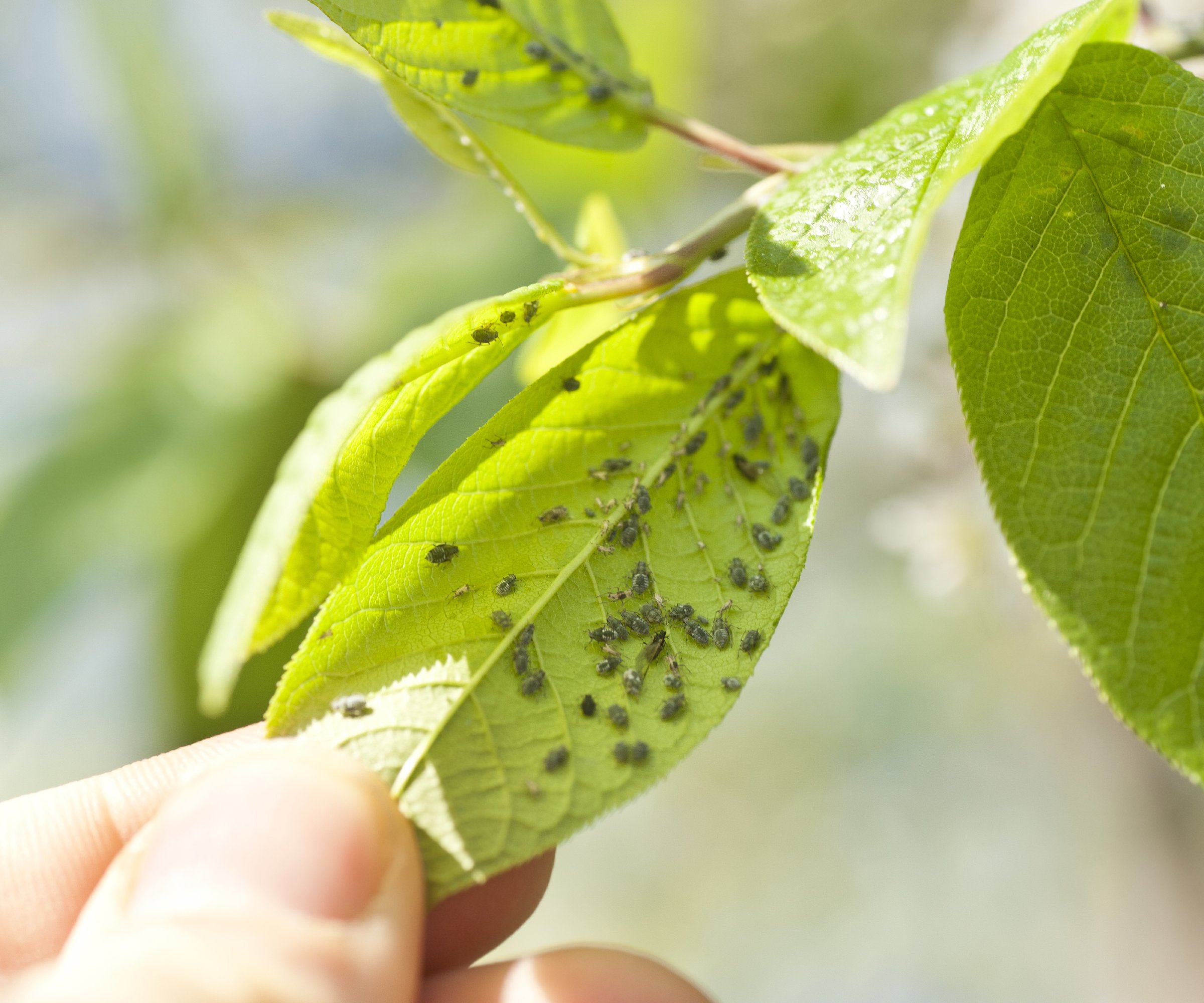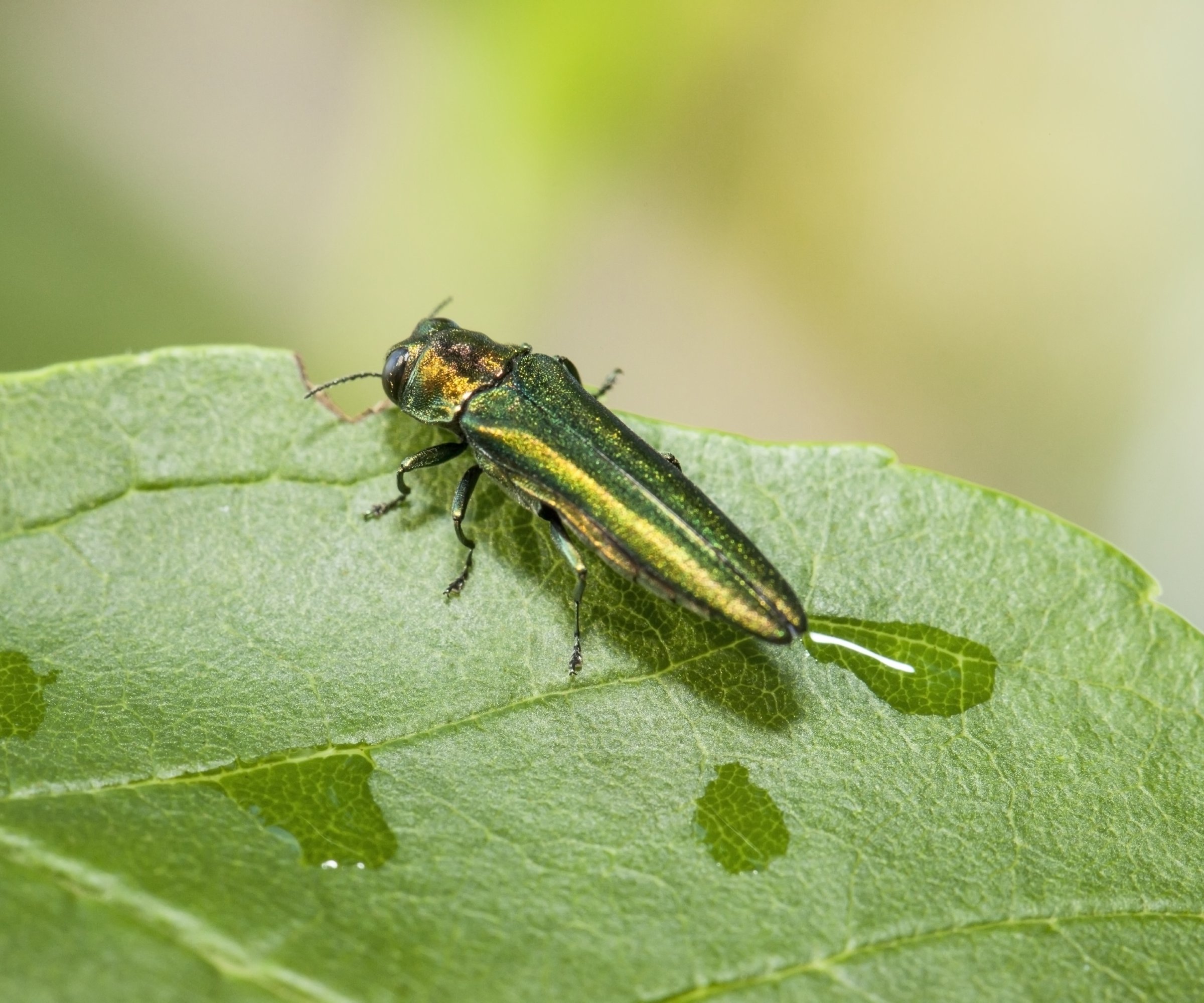Climate Change And Pests: Do Warmer Winters Mean More Pests?
Warmer climates can result in an increase of some pests and decrease of others, which isn’t always a good thing. Here's how to protect your garden.


Our altered weather patterns may be causing a link between climate change and pest infestations. Chief among the changes is higher average temperatures globally. This climate change and insect pests are partnering up to create some challenging growing conditions. In regions where there isn’t enough winter cold to kill insects, the results could be devastating to crops.
Climate Change and Pests

There is some evidence that climate change and pests are going to continue to be a problem. As temperatures rise, insects that would normally succumb to winter’s cold embrace, survive and rise in spring to plague our plants. Mild winters promote early hatching and more general activity. The pest population will bloom, wreaking havoc on the plants that sustain them and us. Insects like fleas need about 5 days of exposure to freezing temperatures to kill them. Others like emerald ash borers need just 24 hours to kill the larvae.
This is a monumental way in which climate change affects gardens.
Lack of snow cover can increase insect mortality in those species that live above ground, but those underground are not as affected by snow or cold temperatures. The good news is that milder, warmer temperatures mean a more rapid emergence of predators that feed on nuisance bugs, as well as the earlier migration of birds which help keep those populations down.
Does Warmer Winter Mean More Pests?
The impact of climate change on pests and diseases varies. Native insects can cope with more temperature variations than introduced pests. Similarly with disease. If the disease was introduced, it may not be adaptive to local weather changes.
But insects like mosquitoes and ticks are on the rise, likely due to earlier, wetter, warmer springs and mild winters. Insects are exothermic, which means cold-blooded. They cannot produce their own heat and need to go through certain changes to survive winter’s cold. Insects that overwinter in the garden have adaptations to live through the cold, but in warmer areas with mild winters they could emerge earlier. Without adequate greenery upon which to feast, they will fail to thrive.
Predatory beneficial insects will also fail without enough other insects upon which to dine. Since insect populations vary in their tolerance of cold, predicting which bugs might become a problem every season is usually done with a scientific model. This is specific to each zone and region and is a prediction of potentially damaging insect bloom.
Sign up for the Gardening Know How newsletter today and receive a free copy of our e-book "How to Grow Delicious Tomatoes".
How Insects Survive Winter
To survive winter, many insects migrate. Other insects produce a specialized carbohydrate called a cryoprotectant. This will keep the insect from freezing. In most cases, insects will live underground or burrow into plant material to survive winter. Overwintering eggs, like aphids, produce protective chemicals.
Most insect metabolism slows down in winter and they enter a sort of dormancy. Once temperatures warm, they become more active and overwintered larvae and eggs begin to change. Insect development is driven by temperature. Warmer winters could cause the emergence of certain species, but without plant food sources, they quickly use up stored energy and die. This impact of climate change on insect pests could actually mean fewer pests survive until spring.

How to Protect Your Garden
Bug proofing your garden is an important annual chore. While we want to encourage pollinators by planting a variety of flowers and host plants, we can protect our plants from the bad bugs.
Removing plant debris is key in combating nuisance pests. Without moldering plant material to shelter them over the winter, insects are exposed. Plant decoy crops to lure pests away from your wanted plants.
Consider spraying around your house to minimize the creepy crawlies that live in the moist, dark areas. Make sure your gutters are keeping moisture away from the house and drain areas of standing water.
One of the most important things to do to protect your garden is provide proper care for your plants. Avoid letting plants get stressed by poor soil fertility, inadequate water, and other stressors. Healthy plants can withstand a bit of bug snacking much better than an unhealthy plant. Above all, keep an eye on the garden and take steps at the first sign of a pest problem.

Bonnie Grant is a professional landscaper with a Certification in Urban Gardening. She has been gardening and writing for 15 years. A former professional chef, she has a passion for edible landscaping.
